
Virgil Thomson in the Herald Tribune:
Verdi’s “Aida,” newly decorated and clothed and newly cast, gave to last night’s opening performance of the Metropolitan Opera a spectacle and a musical performance of unusual distinction. Everybody had a beautiful voice and sang handsomely. The sets and costumes were lively in color and for the most part advantageously designed both for movement and for music. The staging was clean, shipshape. And the occasion was ornamented by two Metropolitan debuts and one near debut, all of the first class. These were the appearances of Elena Nikolaidi as Arrineris, of George London as Amonasro and of Mario del Monaco, who had sung just once last year, as Rhadames.
Miss Nikolaidi has a powerful alto voice of wide range and fine clarity. She sang handsomely and at all times on pitch, She also looked well. Zinka Milanov, the Aida, one of today’s most beautiful, soprano voices, also sang elegantly and, in soft passages, ever so sweetly. She was mostly on pitch, and she looked well in the third act. The previous costuming had made her look older and larger than seemed quite necessary. Both ladies were ecstatically satisfying in the ensemble passages, of which this opera contains many. And Lucine Amara sounded charming as the invisible priestess.
Mario del Monaco is a slenderish young man with a very large voice. It is a robust but not coarse tenor of great vibrancy and wide range, one of the purest tenor voices lately encountered. Last night he mostly sang loud, but in a few passages he showed that he can also sing softly and that he has some color variation at his command. Handled with intelligence, he might become a great tenor star n the grand style. He has the voice for it.
George London is already a great barytone star in the grand manner. Beauty of voice, perfection of musical style and a stage power, both by personal presence and by dramatic skill, of the very first class are his. Last night he took his place among the greatest singing actors we have any of us known or remembered, and he did it without seeming effort or immodesty, so naturally authoritative were his presence and his art.
The new scenery by Rolf Gerard looks flimsy, but it makes a harmonious ensemble of color with the costumes; and the public square where the triumphal march takes place is most ingeniously arranged on a variety of levels which, for once, help out the music. Topless towers half conceal the extra brass players here required without interfering with their brilliance of sound. And steep steps give both volume and brightness to the chorus standing on them. As a result of this effective arrangement, the finale of this act was unusually impressive in volume without at any time sounding strident.
Setting the banks-of-the-Nile scene on the shipping docks has given a less happy result. It is tremendously handsome, with its great ships prow and draped sails, but it fails to explain what so much royalty is doing in those slummy purlieus. And it directly contradicts the music, which is all pastoral and full of birds. Another fault of taste seemed to this observer to lie in the ballets, which save for the personal beauty of Janet Collins, offered only anachronism, sexual triviality and unskilled execution.
But these last are minor matters. The new ‘Aida” is surprisingly agreeable to look at and, for the ear, it is ravishing.
Birthday anniversaries of author and poet Robert Louis Stevenson (1850) and librettist and composer John La Touche (1914).
On this day in 1965 the musical Skyscraper opened on Broadway.
Photo: Sedge LeBlang/Metropolitan Opera.
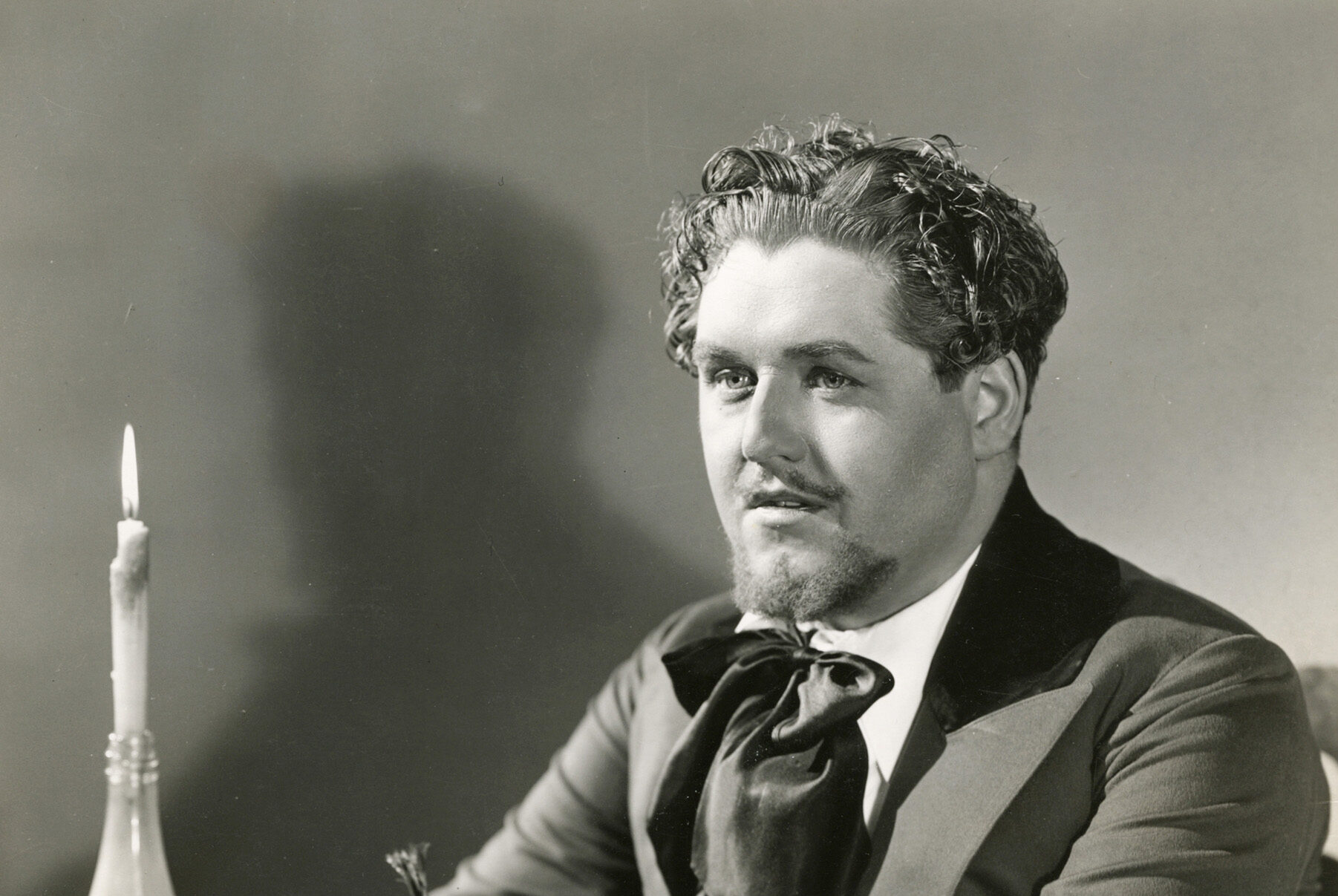
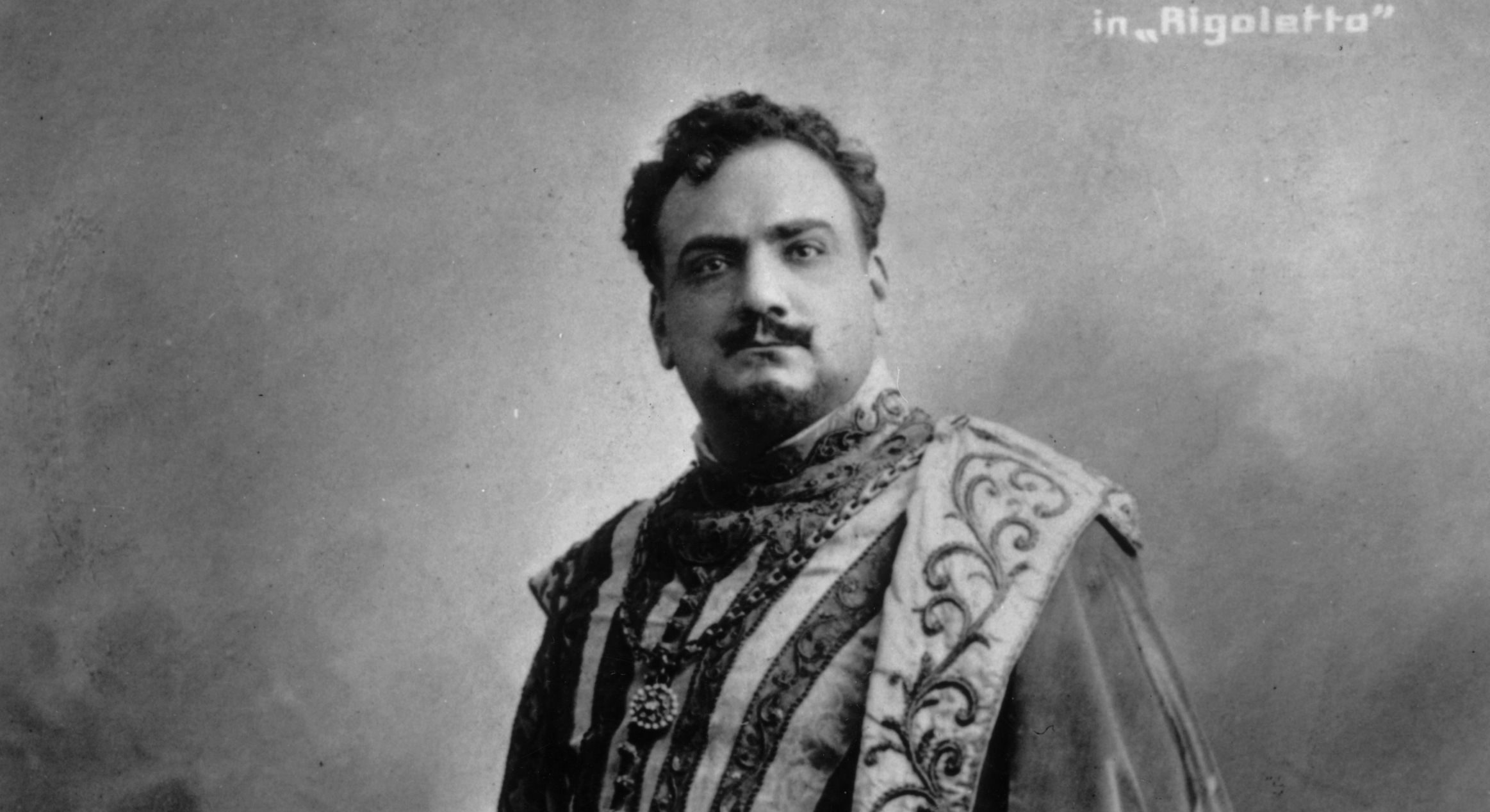
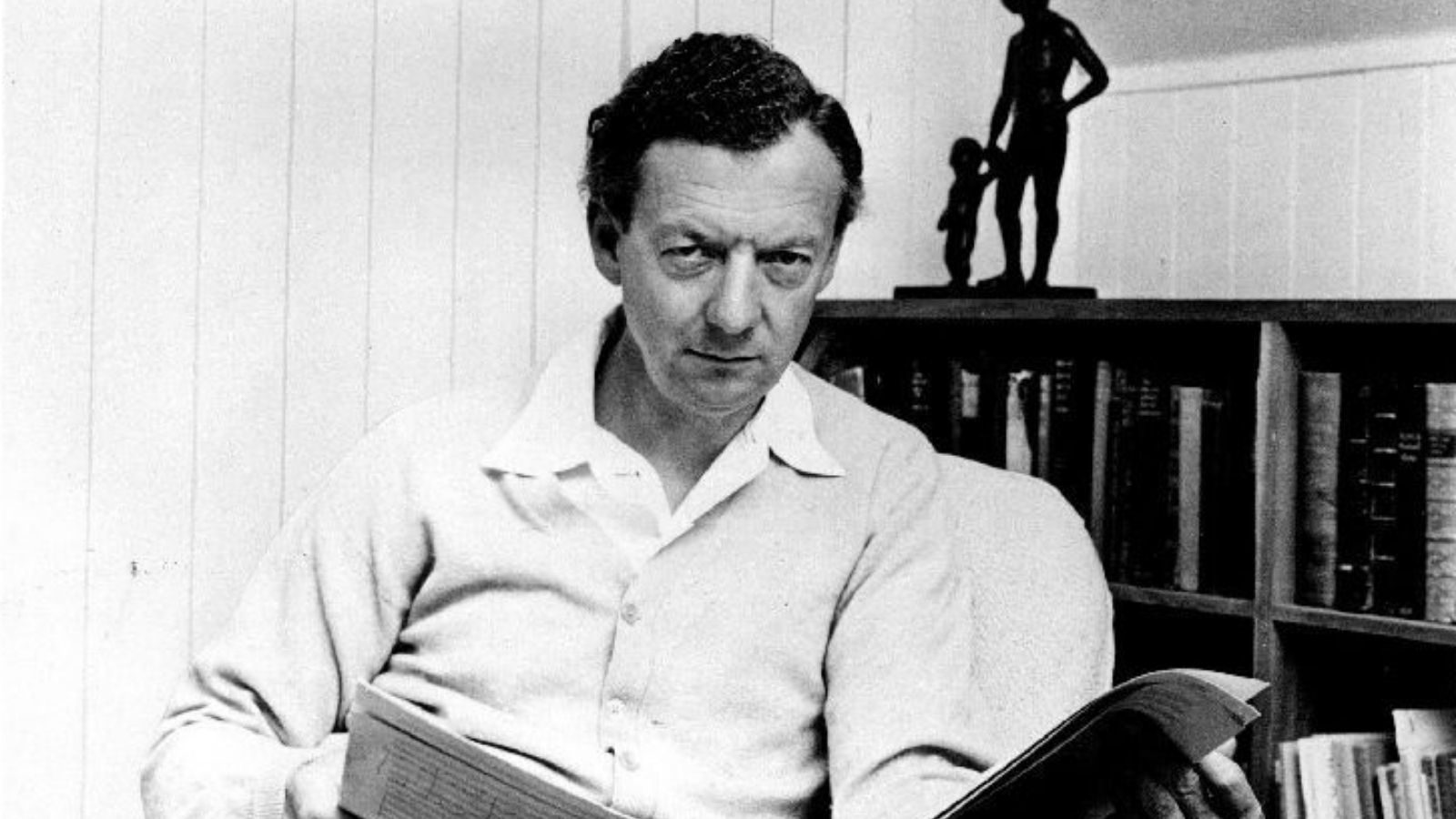
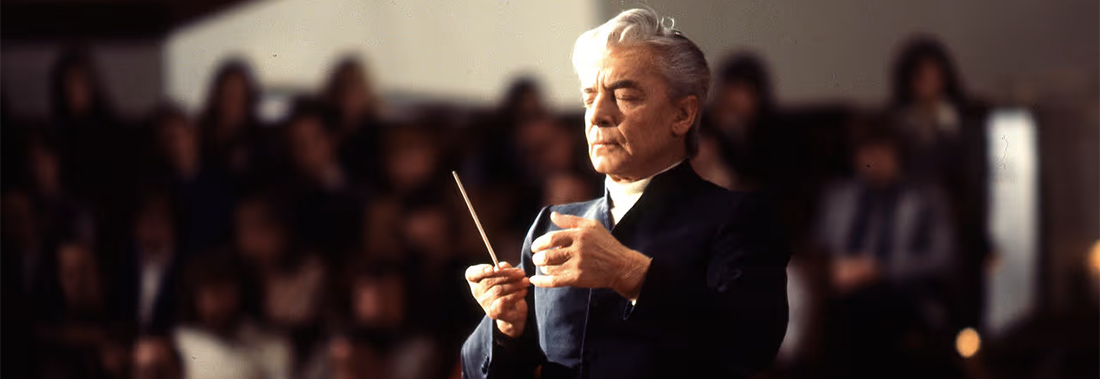
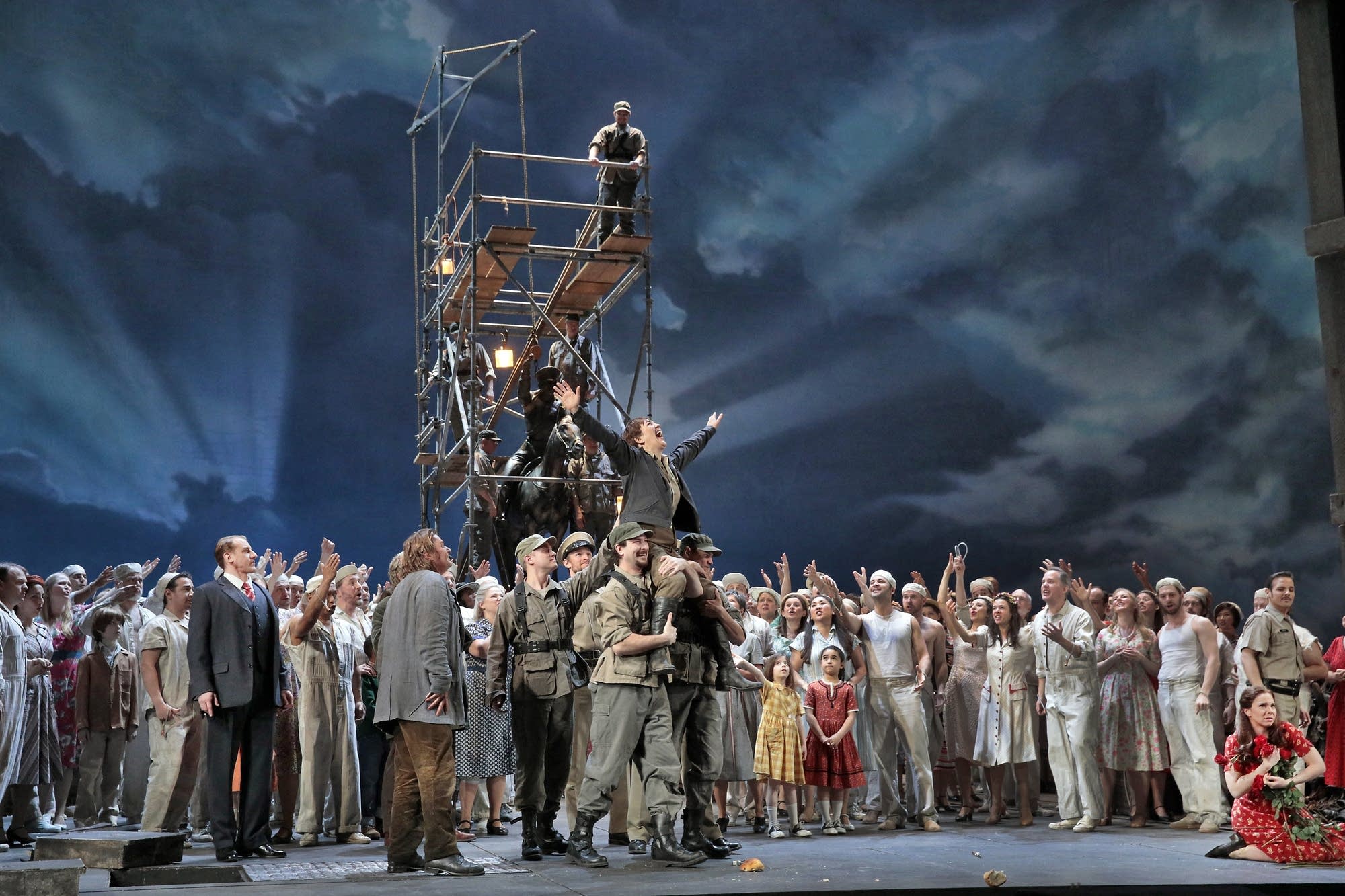
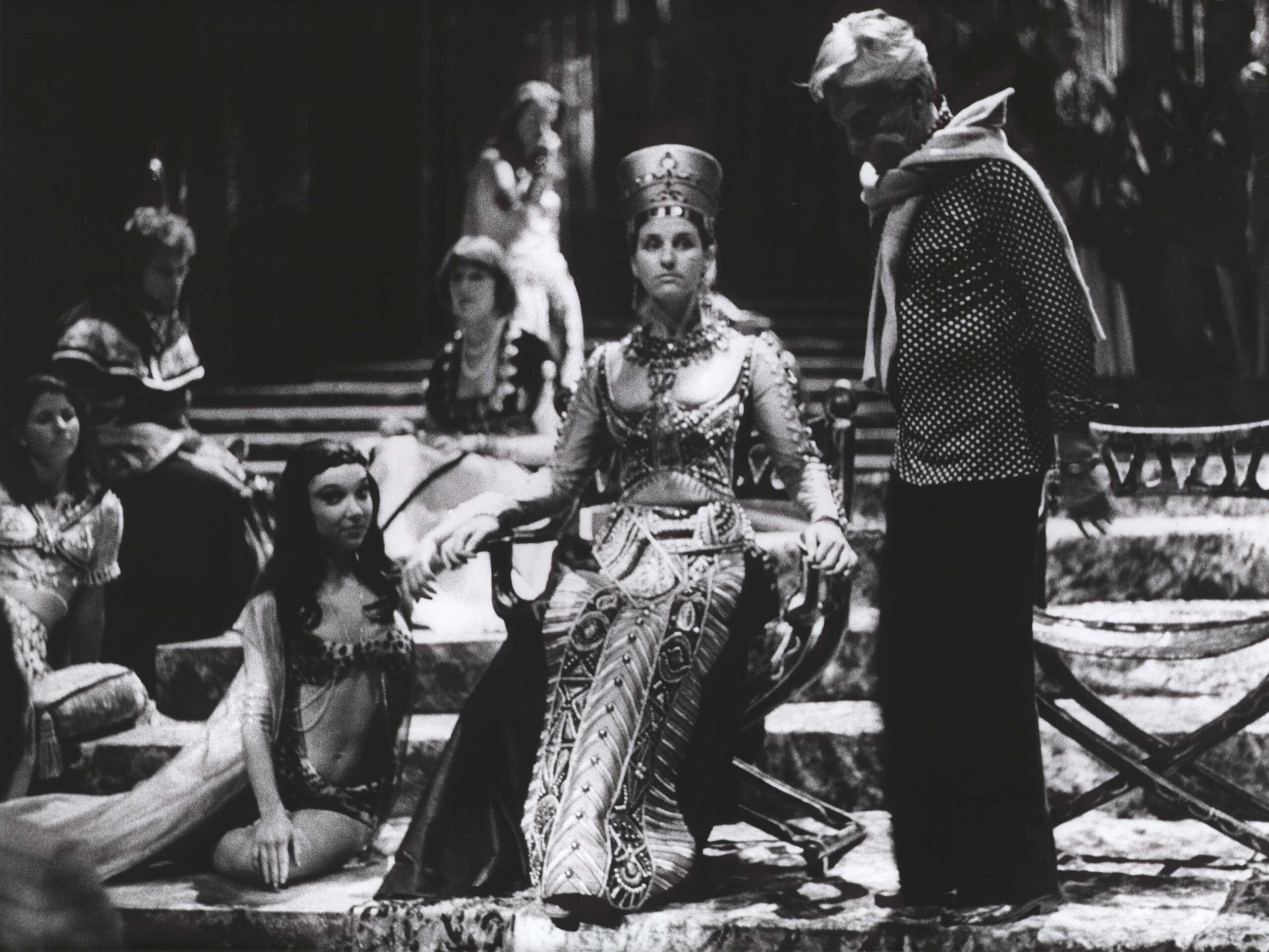
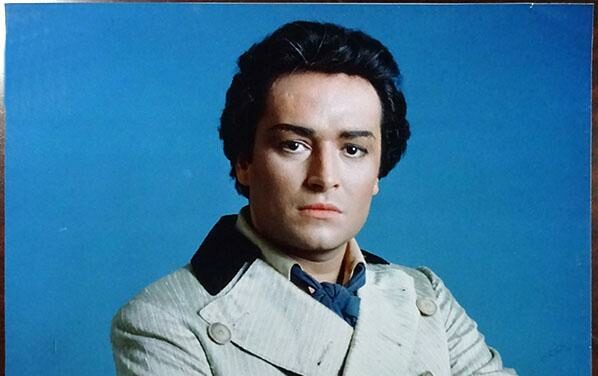
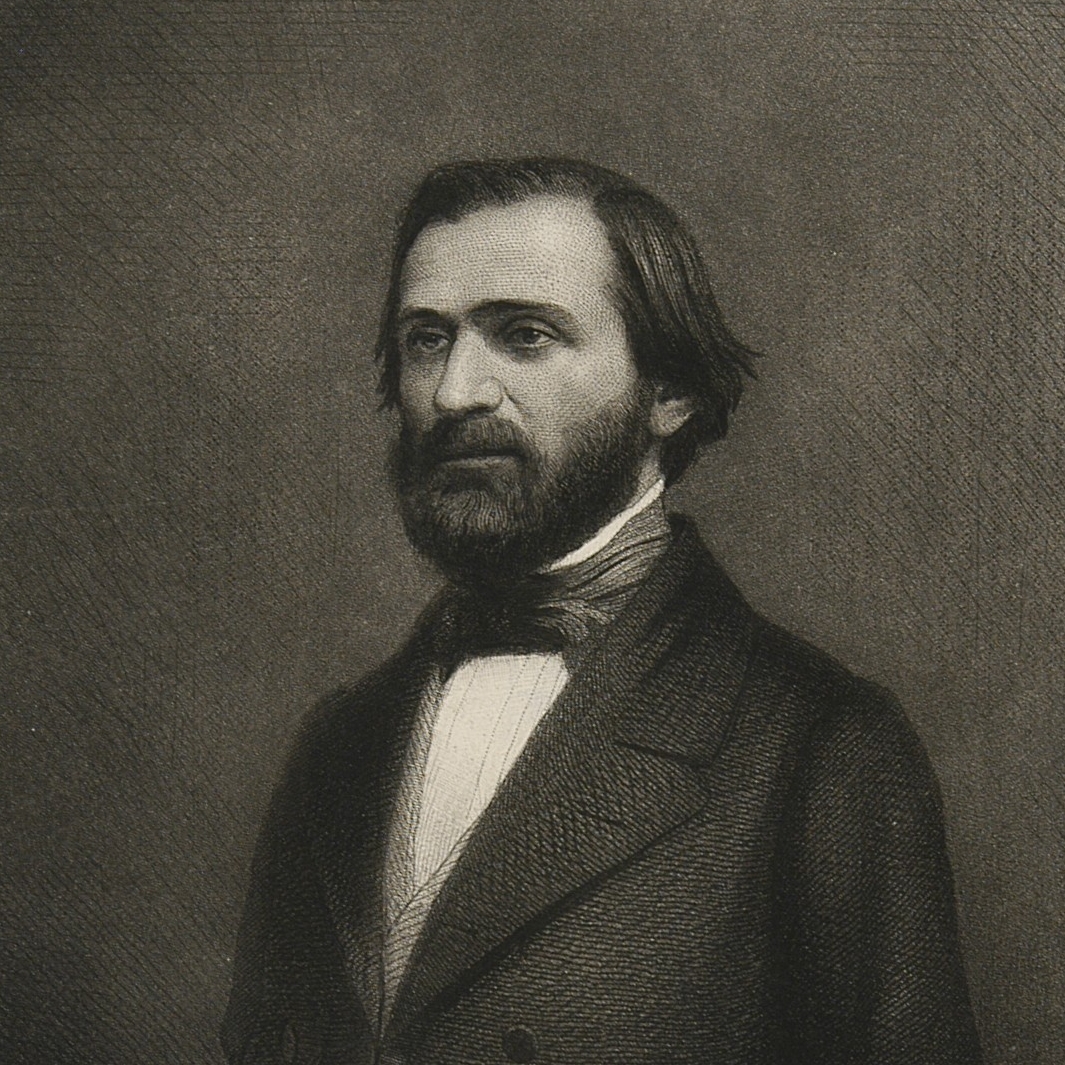
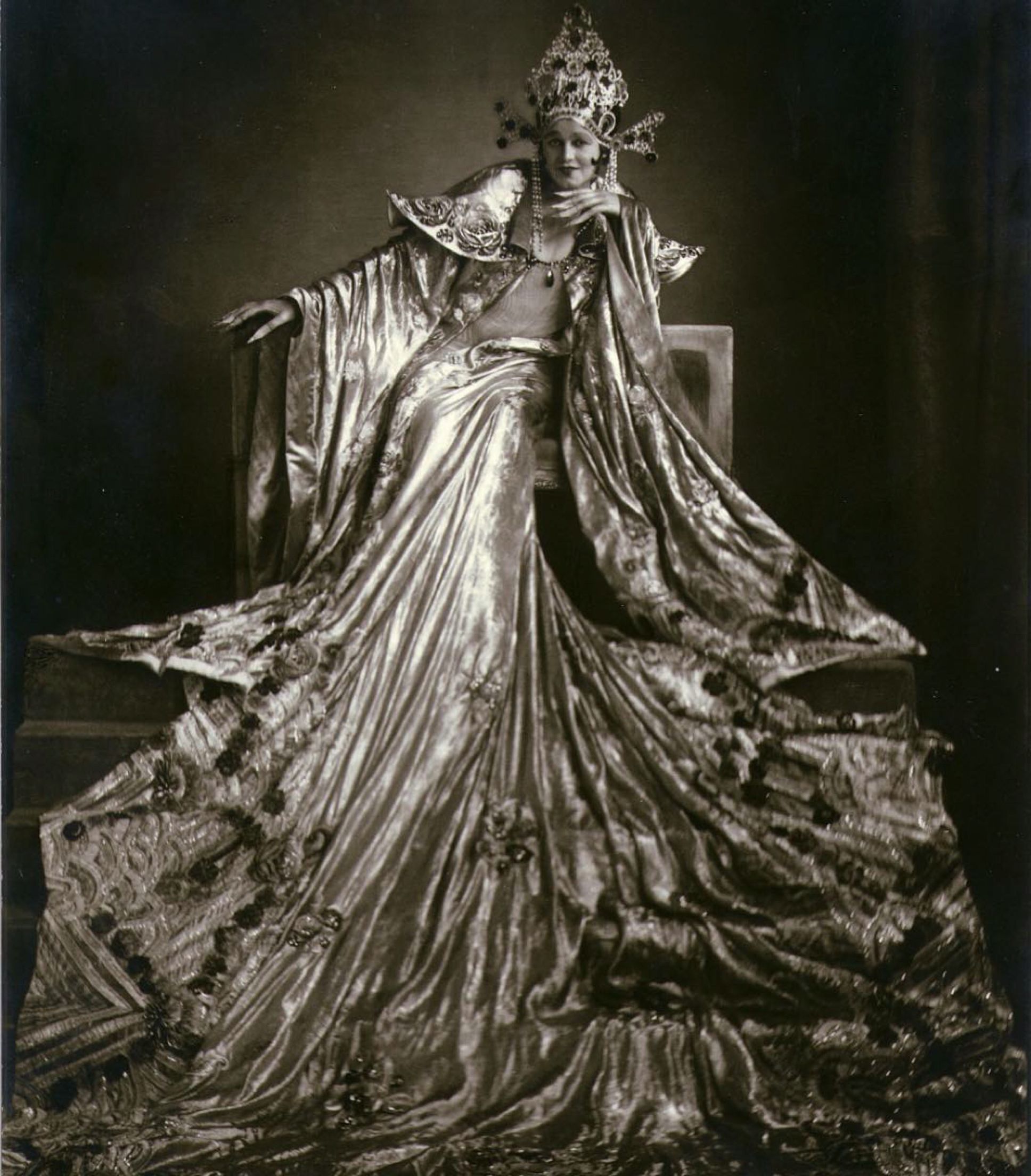
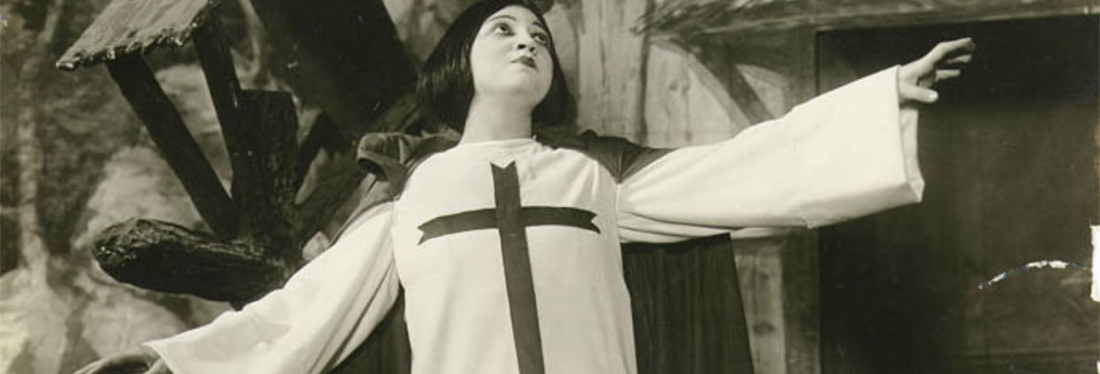

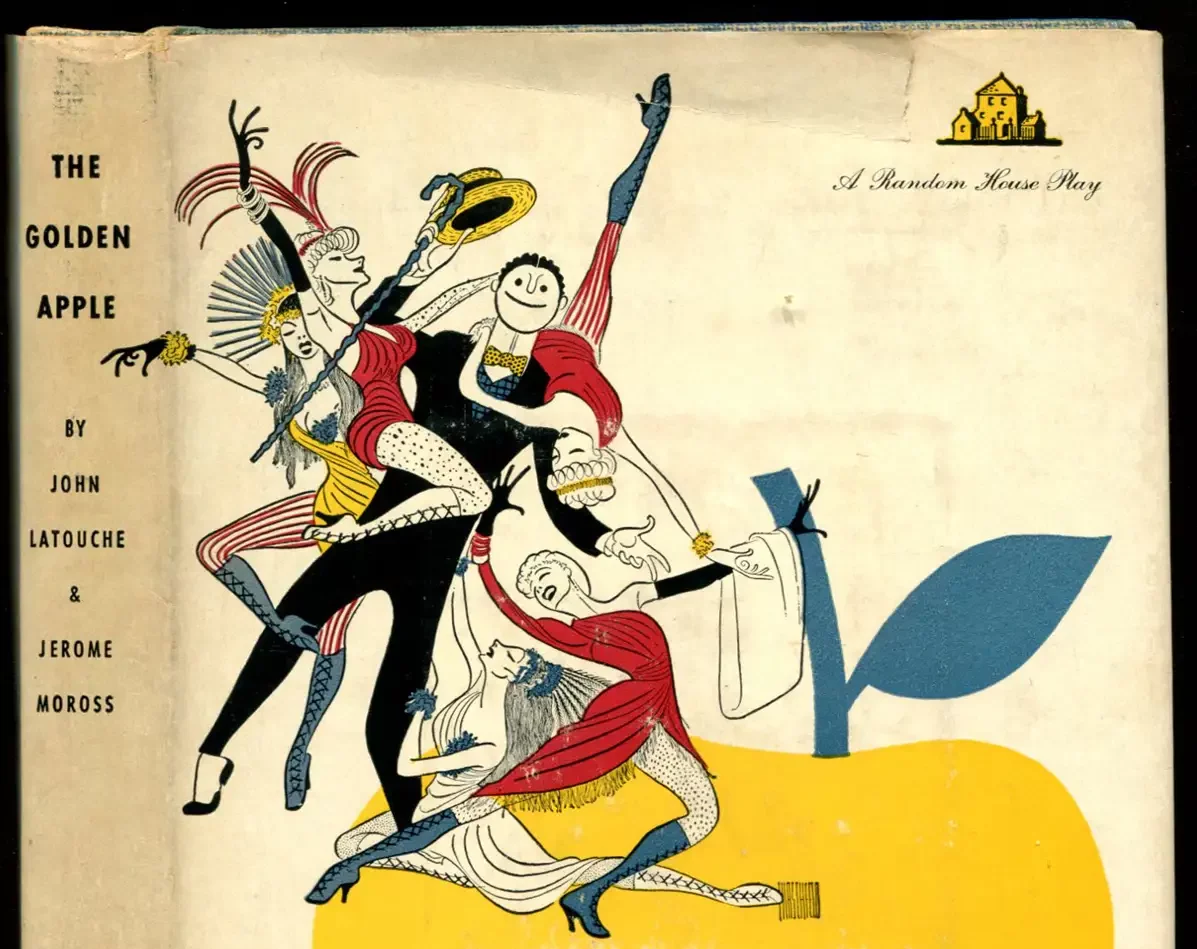
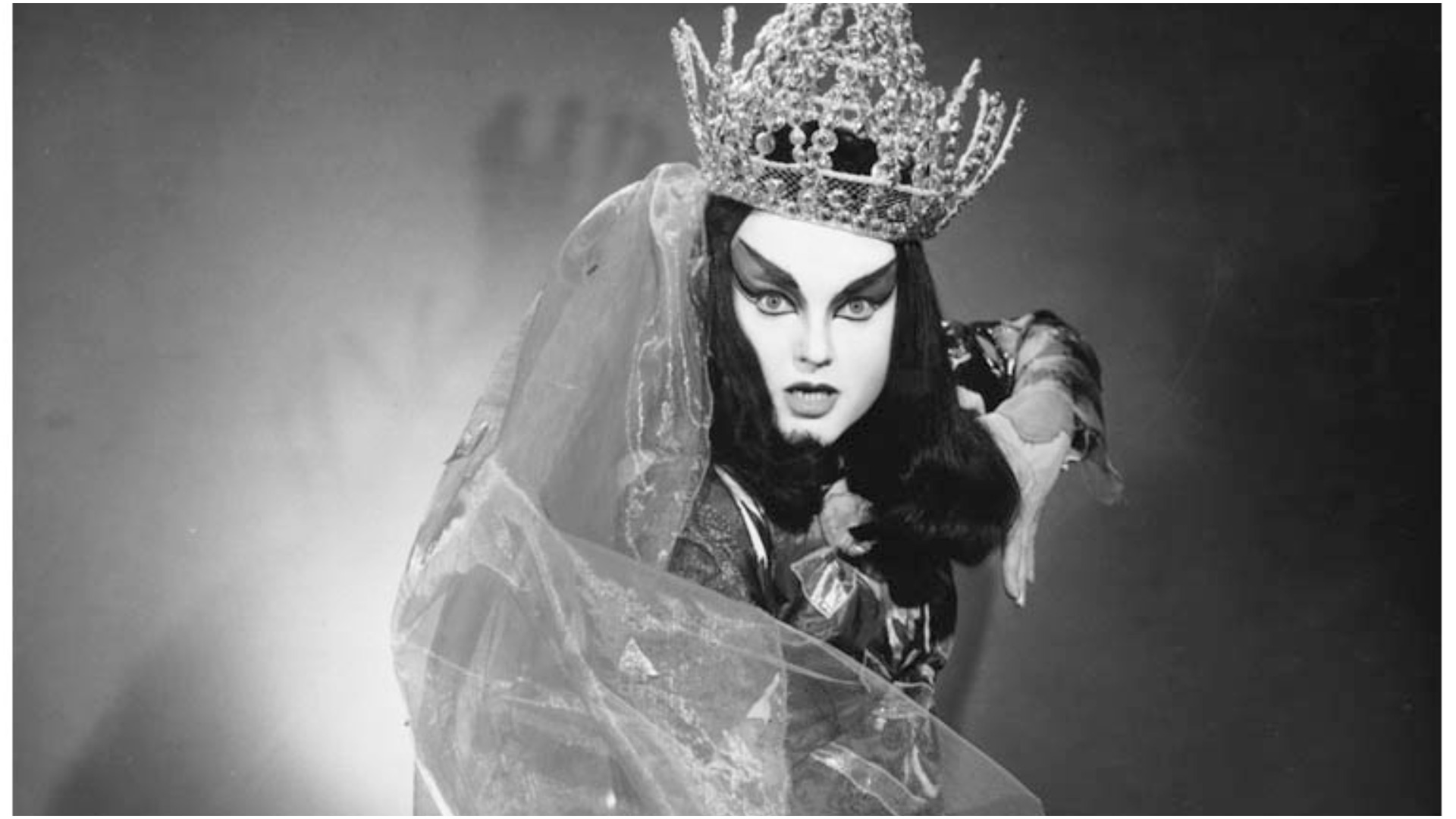
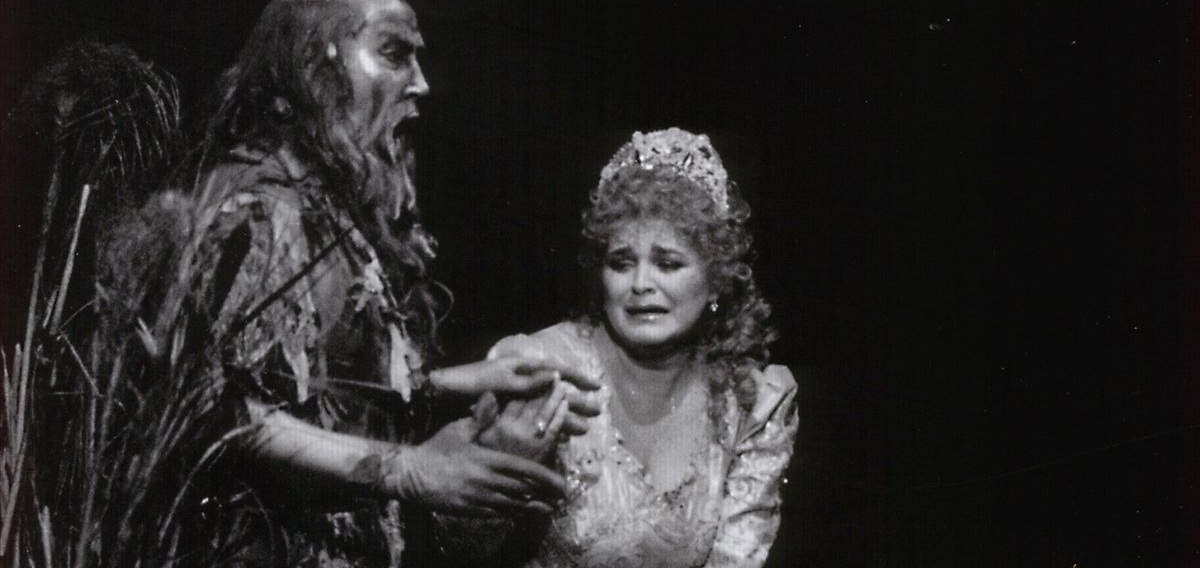

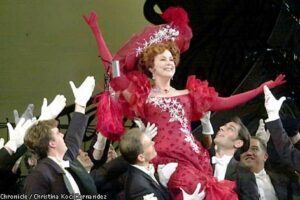
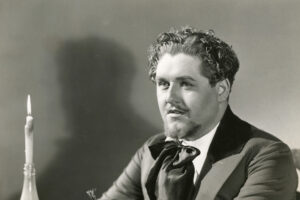



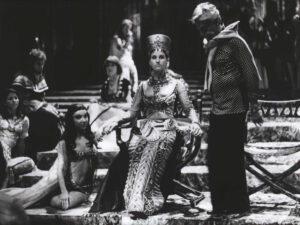





Comments